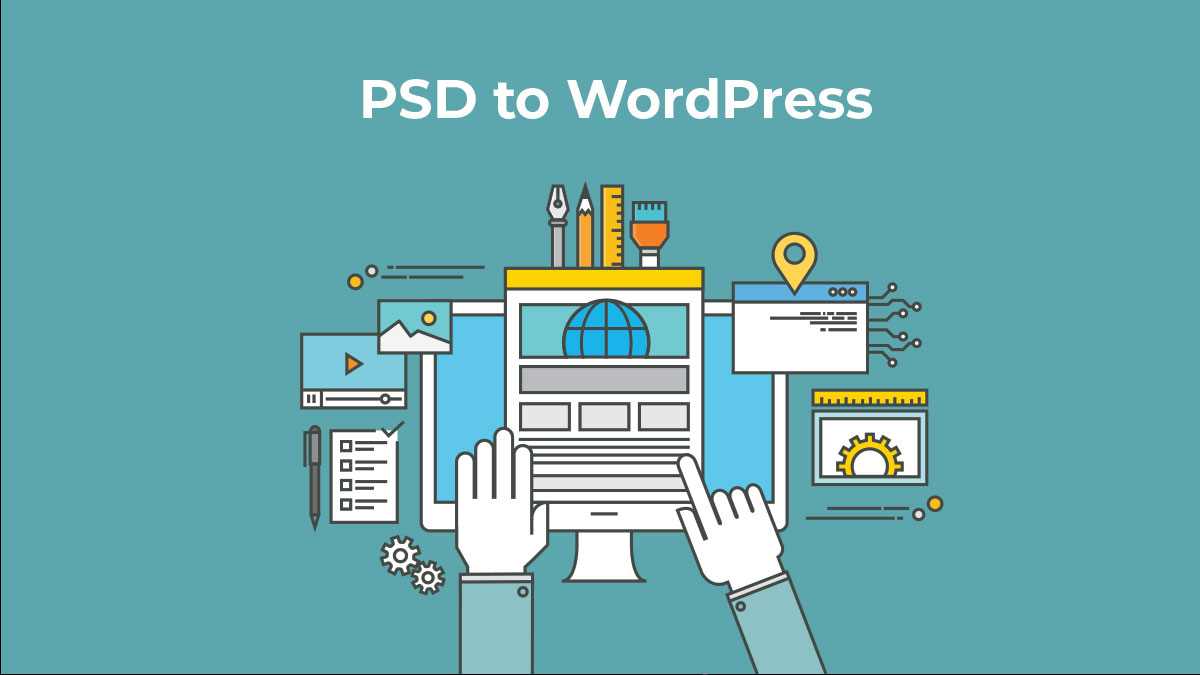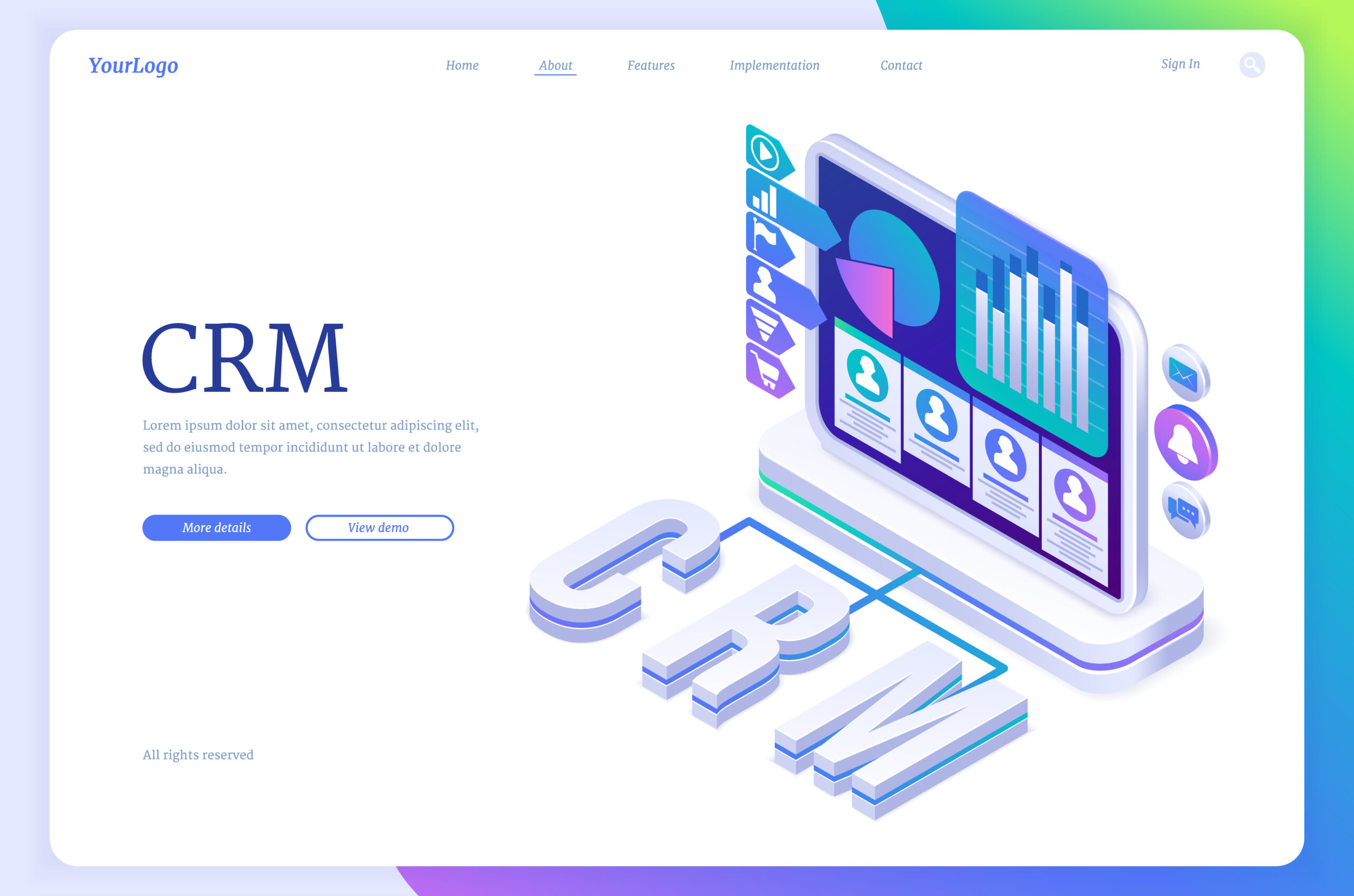The Jobs-to-Be-Done (JTBD) theory has been around for decades, but its application to Product Development and Product Management is still relatively new. The JTBD framework has been modified so often that many product managers are unsure how to use it effectively. This article aims to help you understand what JTBD is and how you can use it to create better products that benefit your customers’ lives.
What is the Job To Be Done theory?
Simply put, the jobs-to-be-done theory states that “customers want to make progress in their lives, and they hire products to help them get that job done.”
JTBD theory assists you in better understanding customer behavior by exposing the functional, social, and emotional factors influencing customer decisions. You can use this knowledge of customer preferences to create new products and improve the customer experience on existing ones.
What is the basis for the jobs-to-be-done theory?
Contrary to its name, the jobs-to-be-done theory has nothing to do with to-do lists. It’s more of a way of thinking that product and service designers should adopt. Essentially, it is a question of why people purchase goods and services. Answering this question provides critical insights for developing services and products much earlier than other methods, such as customer journey mapping. How this theory can help you:-
- Bring out the users’ underlying needs;
- Identify competitors from the customer’s perspective, particularly those who are not visible;
- Create new products and services to address problems that do not yet have a solution.
People do not purchase products; they purchase better versions of themselves:
Humans, unlike animals, are complex systems; our choices cannot be explained solely from a functional standpoint. For example, when we are hungry, we do not simply feed ourselves; we make decisions based on various functional, emotional, and social factors that vary depending on the situation.
The JTBD distinguishes and analyzes the dimensions that influence a consumer’s choice.
- The main task varies depending on the circumstances.
For instance, when you take your boss out to lunch to strengthen your relationship. Please remember that circumstances trump customer characteristics, product attributes, new technologies, or trends.
- Aspects of functionality: the practical and objective requirements
Eating out on expertly prepared food
- Personal dimension: how satisfied the customer is with the product.
Feeling satisfied and reassured by the food and service quality.
- Social dimension: how the customer believes others will perceive the product. You want to improve your reputation as a sophisticated professional.
Understanding the distinction between ‘what’ a customer buys and ‘why’ he buys it is critical. Charles Revson, the founder of Revlon cosmetics, once said of his products, “In the factory, we make cosmetics; in the stores, we sell hope.”
We all want to better ourselves and the quality of our lives. We shop online to avoid wasting an hour in traffic. We decided to learn a new language to feel more secure and free while traveling.
How JTBD Utilized to make a product better
Gather insights to improve your products and analyze the competition
Discover insights by conducting customer interviews and attempting to comprehend the tasks your customers wish to be completed. Here are some questions to ask during customer interviews to identify JTBD:
- What would they do with their money if it wasn’t spent on their product?
- What did your customers do before discovering your product?
- How did they come across your product?
- What would they do if they could no longer use your product?
- Have customers budgeted for the use of your product or other solutions?
- What changes can be made to meet their needs better?
- How do they expect their lives to improve once they have found the right solution?
Product Improvement
Knowing your customers’ JTBD allows you to determine whether your product needs to be improved. It’s possible that your product does everything your customers need and that doing anything else adds costs with no added benefits. It’s also possible that you lose all of your customers if you don’t invest in new product offerings and are willing to cannibalize your existing ones.
Prioritization
As you talk to customers and learn about their journeys, you’ll notice a lot of JTBD opportunities. While this is exciting, it is impossible to complete all of the customer tasks. Instead, concentrate on themes and choose the most urgent customer job to complete.
Improve your copy and marketing materials
Create better marketing materials that speak directly to your customers’ JTBD. Instead of touting features and functionality, please demonstrate that you understand their emotional motivations and how their lives work. Discuss what your product does for your customers rather than what it is.
JTBD and Competition
When used correctly, Jobs-to-be-done provides information about your competitors. Competition is more than just similar products in your industry or category. Competitors can appear from anywhere. It can be visible, such as a substitute product, or invisible, such as anxiety or passivity. A competitor is anything that prevents potential customers from using your product to make progress in their lives. Find out what’s causing your customers’ JTBD and who their detractors are. Then go after it with all your might.
Jobs-to-be-done (JTBD) generally focuses on customer motivation and why they buy your products. It addresses the qualitative aspects that cannot be compensated for solely through analytics or telemetry. Furthermore, Jobs-to-Be-Done serves as a unifier for various teams within your organization. When everyone understands and is allowed to focus on how your products improve your customers’ lives, everyone works better together.
Conclusion
When developing a new product, ask people you want to work with to tell you about the last time they faced the situation you want to address.
When working on an existing product, ask new customers why they bought your product or customers who stopped using it to explain why they stopped using it.
In both cases, you speak with people to learn about the jobs they’re attempting to complete. Those jobs represent the outcomes for customers. If you’re developing a new product, you’ll want to know what your product will help customers achieve. If you’re working on an existing product, you’re figuring out how to make it easier for customers to achieve those goals.
You could base your decisions on the features you believe your problem should have, or you could base your decisions on what will meet your customers’ needs.
The Jobs-to-be-done frameworks serve as a guide for understanding customer behavior and meeting your customers’ needs.











![How to Fix [pii_email_7e710fffb86b8d1d9420] Error Code? [pii_email_7e710fffb86b8d1d9420]](https://www.techwebtopic.com/wp-content/uploads/2022/02/pii_email_7e710fffb86b8d1d9420.jpg)




